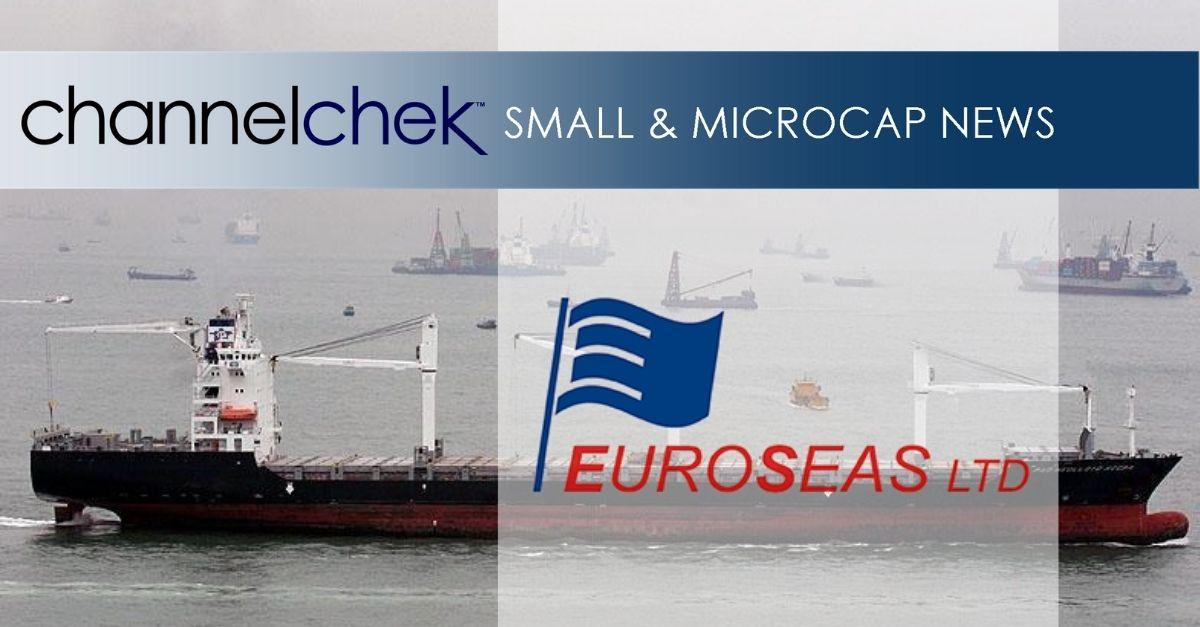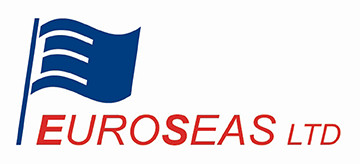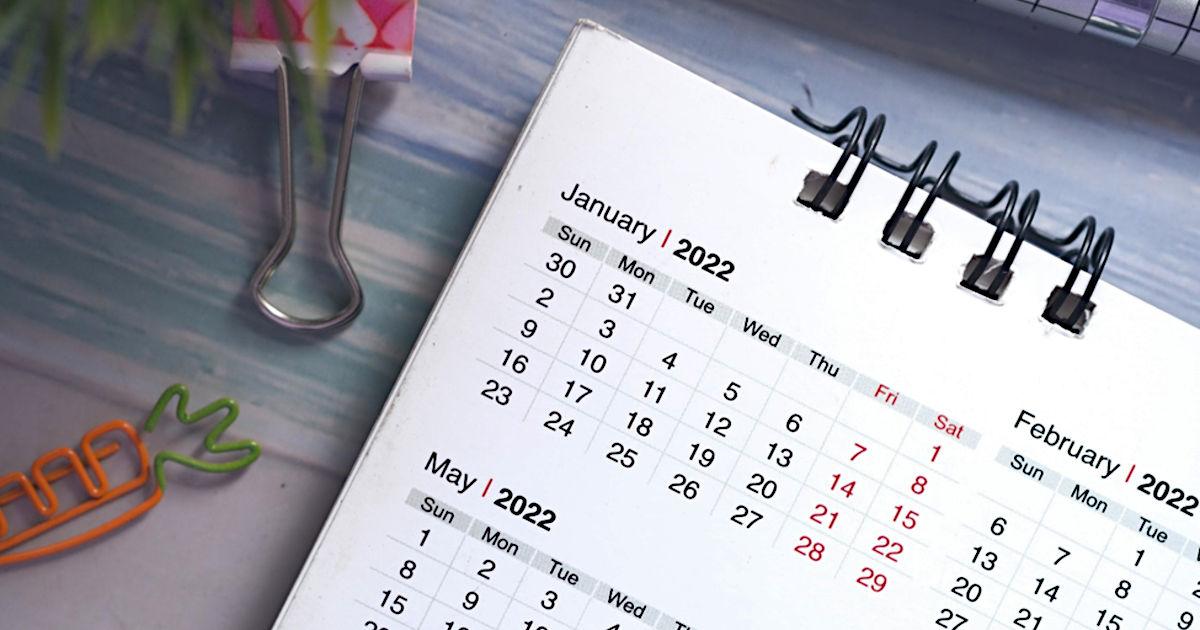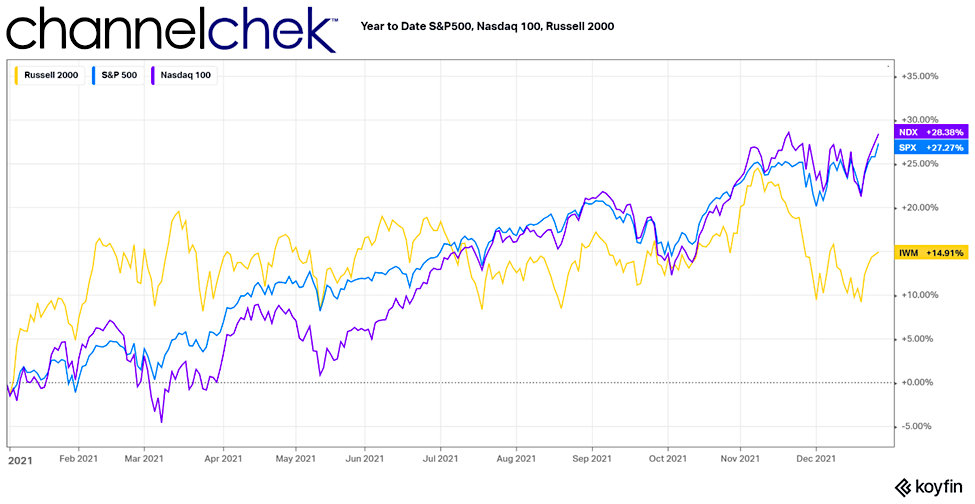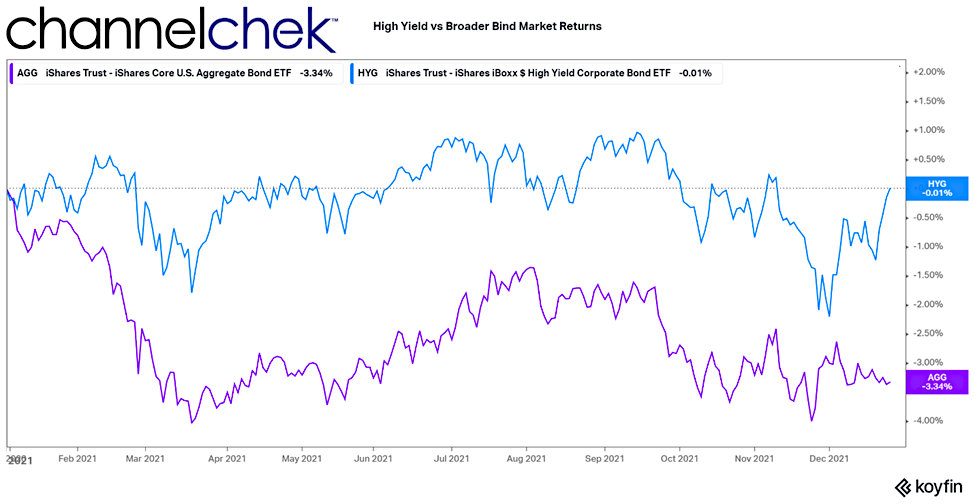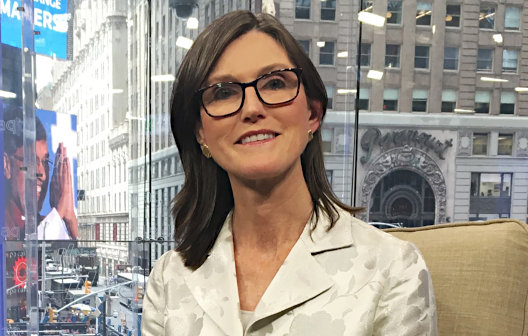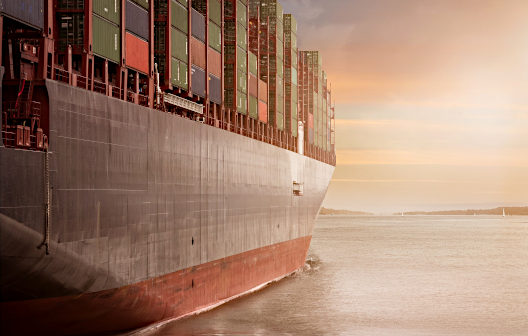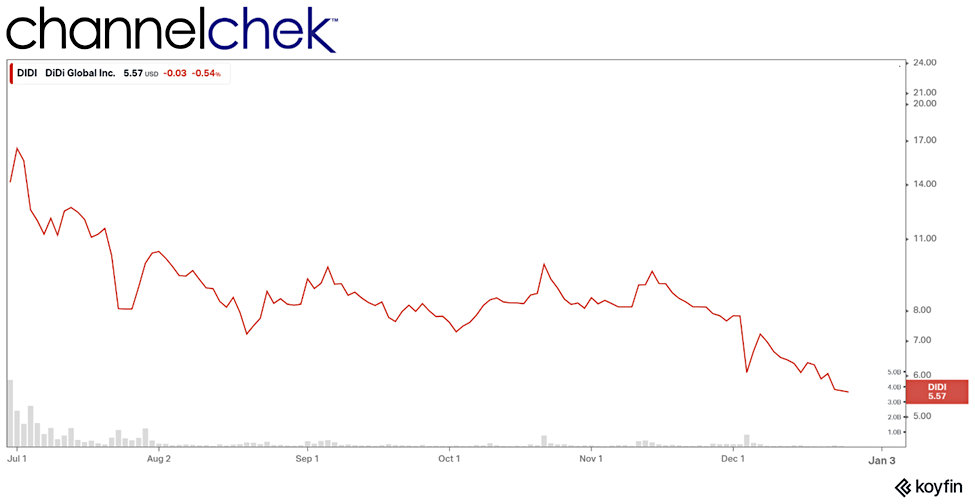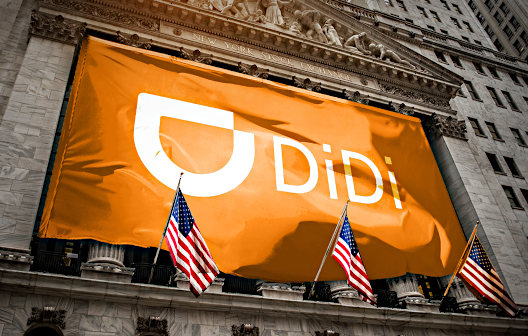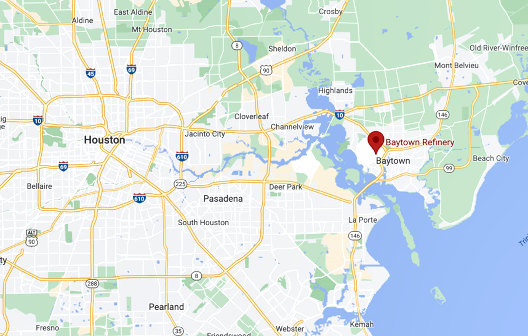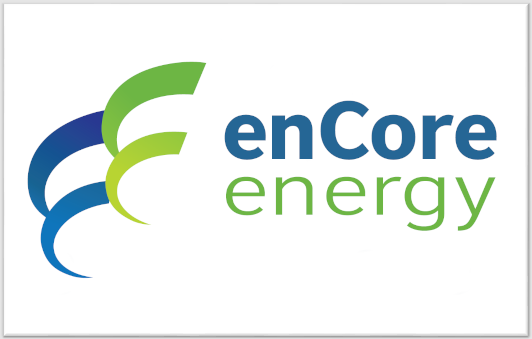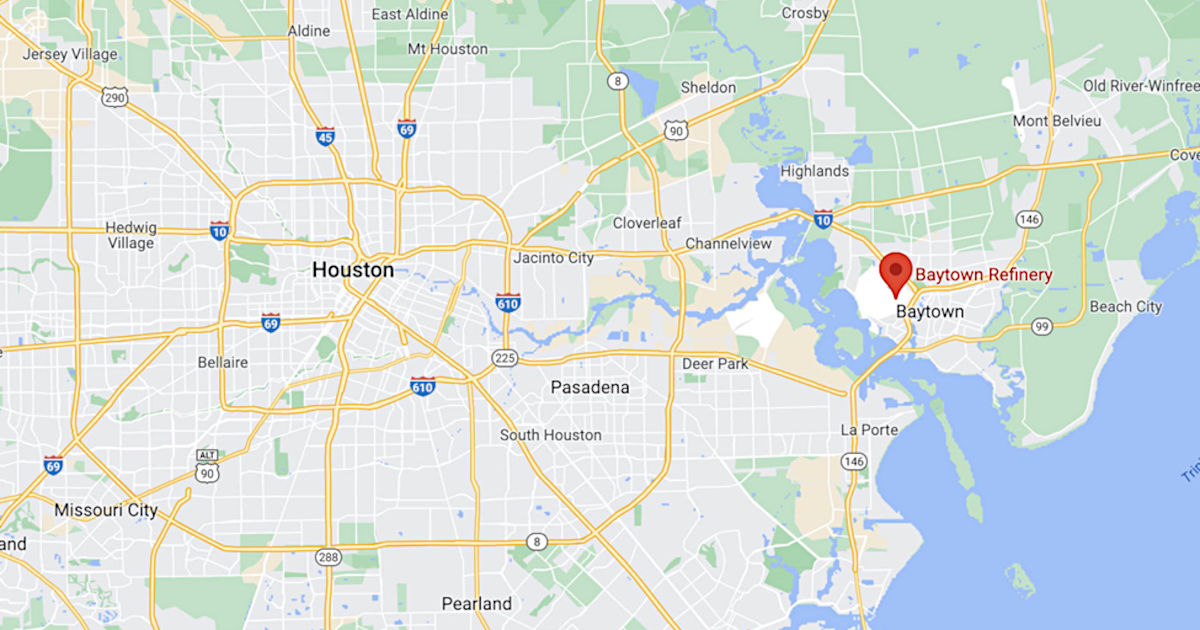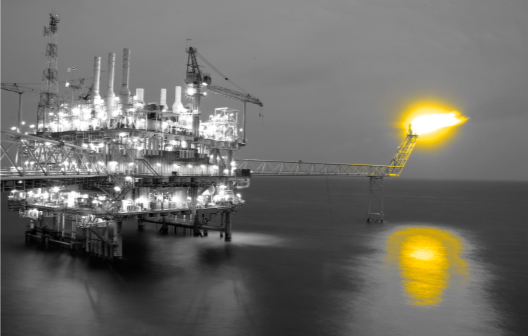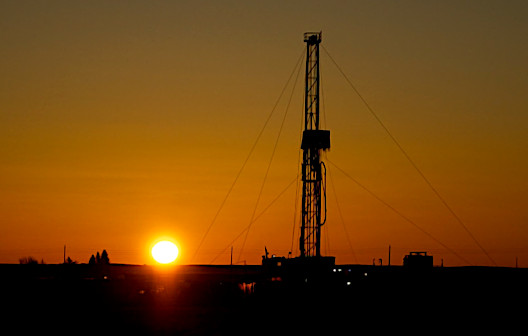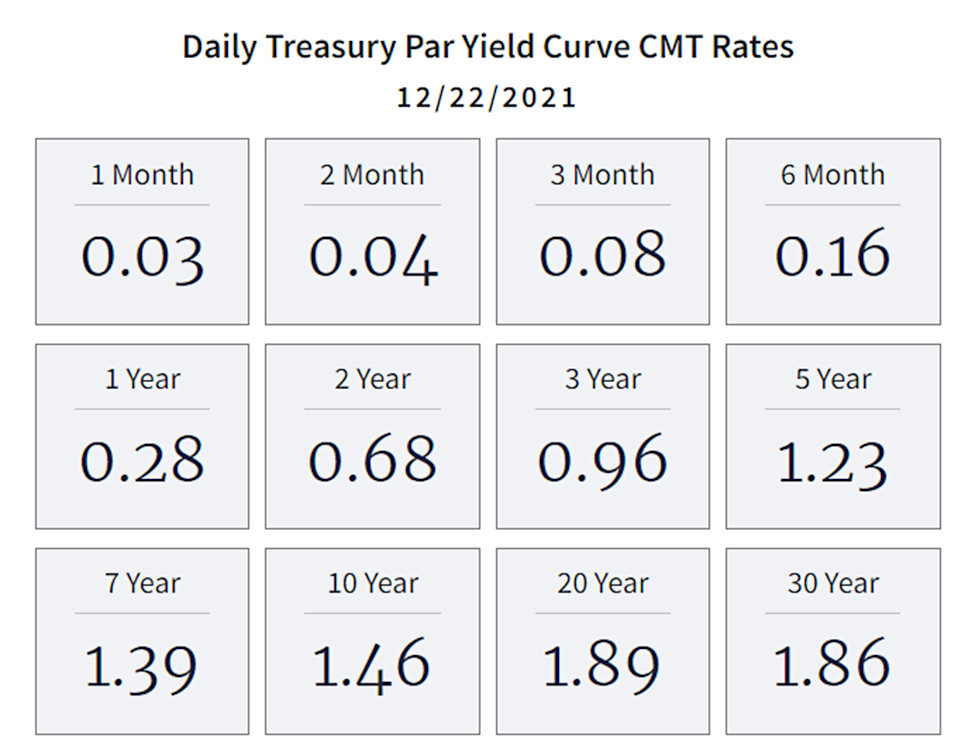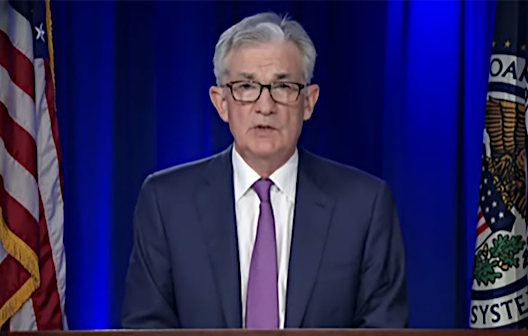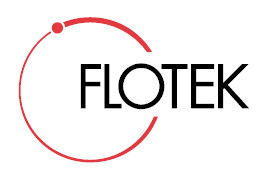
Flotek Industries Receives Unsolicited Indication of Interest, Engages Piper Sandler
Research, News, and Market Data on Flotek Industries
HOUSTON, December 27, 2021 – Flotek Industries, Inc. (“Flotek” or the “Company”) (NYSE: FTK) has received an unsolicited indication of interest for a potential transaction for all or part of the Company. To assist in evaluating this unsolicited indication of interest, Flotek’s Board of Directors has engaged Piper Sandler & Co. (“Piper Sandler”) as a financial advisor to assist with the evaluation process.
There can be no assurance that such evaluation will result in one or more transactions or other strategic change or outcome. The Company has not set a timetable for the conclusion of its evaluation of the offer, and it does not intend to comment further unless and until the Board has approved a specific course of action or the Company has otherwise determined that further disclosure is appropriate or required by law.
For further information, interested parties may contact Sanjiv Shah, Managing Director and Global Co-Head of Energy & Power Investment Banking at Piper Sandler (phone: +1 (713) 236- 9999; email: sanjiv.shah@psc.com)
About Flotek Industries, Inc.
Flotek Industries, Inc. creates solutions to reduce the environmental impact of energy on air, water, land and people. A technology-driven, specialty green chemistry and data company, Flotek helps customers across industrial, commercial, and consumer markets improve their Environmental, Social, and Governance performance. Flotek’s Chemistry Technologies segment develops, manufactures, packages, distributes. delivers, and markets high-quality cleaning, disinfecting and sanitizing products for commercial, governmental and personal consumer use. Additionally, Flotek empowers the energy industry to maximize tile value of their hydrocarbon streams and improve return on invested capital through its real-time data platforms and green chemistry technologies. Flotek serves downstream, midstream, and upstream customers, both domestic and international. Flotek is a publicly traded company headquartered in Houston, Texas, and its common shares are traded on the New York Stock Exchange under the ticker symbol “FTK.” For additional information, please visit www.flotekind.com.
Forward -Looking Statements
Certain statements set forth in this press release constitute forward-looking statements (within the meaning of Section 27A of the Securities Act of 1933 and Section 21E of tile Securities Exchange Act of 1934) regarding Flotek Industries, Inc.’s business, financial condition, results of operations and prospects. Words such as will, continue, expects, anticipates, intends, plans, believes, seeks, estimates and similar expressions or variations of such words are intended to identify forward-looking statements, but are not the exclusive means of identifying forward-looking statements in this press release. Although forward-looking statements in this press release reflect the good faith judgment of management. such statements can only be based on facts and factors currently known to management. Consequently, forward-looking statements are inherently subject to risks and uncertainties, and actual results and outcomes may differ materially from the results and outcomes discussed in the forward-looking statements. Further information about the risks and uncertainties that may impact the company are set forth in the Company’s most recent filing with the Securities and Exchange Commission on Form 10-K (including, without limitation, in the “Risk Factors” section thereof), and in the Company’s other SEC filings and publicly available documents. Readers are urged not to place undue reliance on these forward -looking statements, which speak only as of the dale of this press release. The Company undertakes no obligation to revise or update any forward-looking statements in order to reflect, any event or circumstance that may arise after the date of this press release.
Inquiries, contact:
Investor Relations
P: (713) 726-5322

